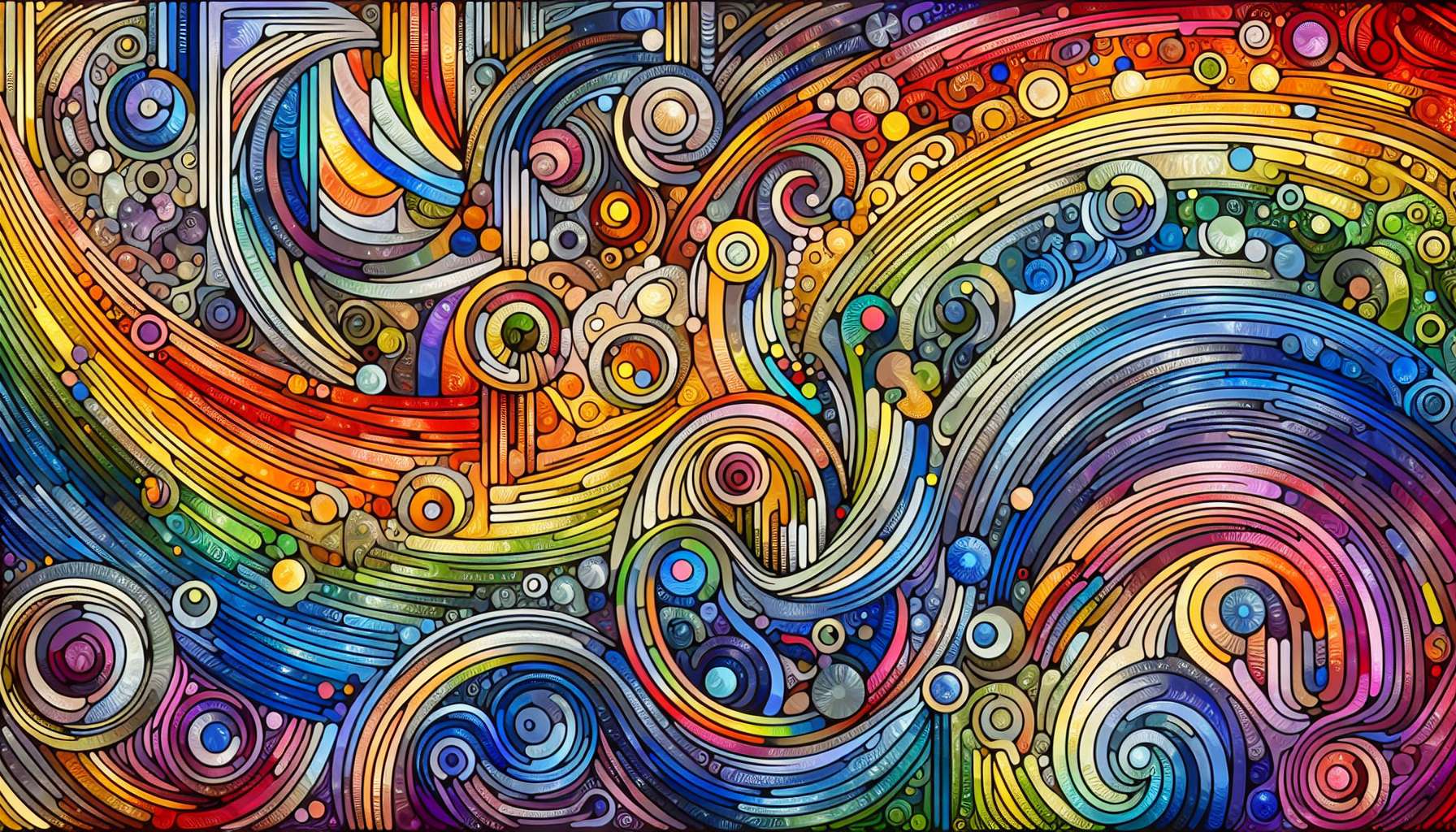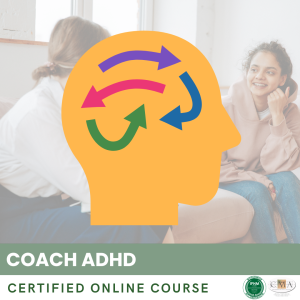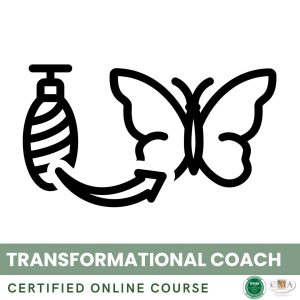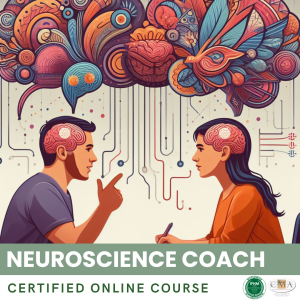Sexual dysfunctions and disorders are common difficulties that can affect LGBTQ+ people like anyone else. However, they sometimes take on a particular coloration due to the specific issues related to sexual orientation or gender identity. It is important to have a basic knowledge of these disorders in order to adequately guide towards competent professionals.
Among the most common disorders, we can mention desire difficulties (decrease or lack of libido), arousal disorders (difficulty in having or maintaining an erection, lubrication), orgasm disorders (anorgasmia, premature or delayed ejaculation), sexual pain (dyspareunia, vaginismus). These disorders can have organic causes (hormonal problems, cardiovascular diseases, side effects of medications…) or psychological causes (stress, performance anxiety, relationship conflicts, traumas…).
In LGBTQ+ people, these disorders can be exacerbated by minority stress, that is, the chronic stress associated with being part of a stigmatized and discriminated group. Internalized shame, fear of rejection, past experiences of homophobia or transphobia can create psychological blocks and complicate the letting go necessary for sexual pleasure. Low self-esteem, a negative body image related to non-conformity to gender norms can also impact desire and excitement.
Some disorders are more specific to trans paths, such as difficulties related to gender dysphoria (incongruence between one’s gender identity and one’s body). Not feeling aligned with one’s anatomy, being uncomfortable with certain parts of one’s body can make engaging in sexual interactions difficult. Hormonal treatments and reassignment surgeries can also have side effects on sexual functioning that need to be taken into account.
A telling example is that of Luca, a 32-year-old trans man. Since he started his transition, he has had a lot of trouble letting go during sex with his partner. He explains: “I’ve fought so hard for my masculine identity to be recognized that I have a hard time letting myself go to positions or practices that could be seen as ‘passive’ or ‘feminine’. At the same time, receiving anal penetration reminds me that I don’t have a penis and reactivates my dysphoria. I feel stuck and frustrated.” This example clearly shows how identity issues and gender injunctions can interfere with pleasure and create sexual disorders specific to trans paths.
In gay and bisexual men, the prevalence of certain sexually transmitted infections such as HIV can also generate anxiety and affect sexuality. The fear of contamination, the experience of serophobia, the fear of transmission or the mourning of partners can create blocks and require specific support. Likewise, compulsive sexual behaviours (multipartnership, risk-taking, drug use in sexual context) can be coping strategies to deal with discomfort that needs to be taken into account.
In lesbian and bisexual women, the internalization of heterocentric scripts and myths about female sexuality can create difficulties. Not feeling legitimate in your desire, having integrated the idea that two women cannot “really” make love, fearing not “doing well” in the absence of a male partner are all possible obstacles to sexual fulfillment. The low visibility of lesbian sexuality models can reinforce a feeling of isolation and doubt as to the “normality” of one’s practices.
Faced with these disorders, it is crucial to adopt a depathologizing and affirmative approach. The point is not to see sexual orientation or gender identity as the cause of the problem, but to understand how the heterocisnormative context and discrimination can exacerbate it. The goal is to help the person develop a more harmonious relationship with their body and sexuality, respecting their identity and preferences.
This can be achieved through various therapeutic approaches: sex therapy, cognitive-behavioral therapies, EMDR to treat traumas, mindfulness, body work… The key is to choose a practitioner who is open and competent in LGBTQ+ issues, who will not make moral judgments and will be able to adapt to the specifics of each journey. Work on self-assertion, communication with the partner(s), reappropriation of pleasure will often be necessary in addition to medical care.
As a coach, your role will primarily be to listen, reassure about the frequency of these difficulties, normalize the process of consulting. You can guide toward community resources (websites, brochures, associations) that address these issues in a positive and non-judgmental manner. You can also work on psychosocial skills (self-esteem, stress management, assertion…) that foster better sexual well-being. The importance is always to keep a caring and respectful approach to everyone’s pace.
Points to remember:
– Sexual disorders in LGBTQ+ people can be exacerbated by minority stress, internalized shame, fear of rejection and past experiences of discrimination.
– Trans paths pose specific challenges related to gender dysphoria, hormonal treatments and surgeries that can impact sexual functioning.
– In gay and bisexual men, the prevalence of HIV and other STIs can generate anxiety and affect sexuality. Compulsive sexual behaviors can be coping strategies in the face of discomfort.
– In lesbian and bisexual women, the internalization of heterocentric scripts and the lack of models can create difficulties and a feeling of isolation.
– It is crucial to adopt a depathologizing and affirmative approach, understanding how the heterocisnormative context can exacerbate sexual disorders, without seeing sexual orientation or gender identity as the cause of the problem.
– The choice of a practitioner who is open and competent in LGBTQ+ issues is essential for an adapted and non-judgmental care.
– As a coach, your role is to listen, reassure, normalize the process of consulting and guide towards relevant community resources, while working on psychosocial skills promoting better sexual well-being.
👉 To download docx (Editable) file click here : Click here
👉 To download PDF file click here : Click here
👉 To download MP3 file click here : Click here







